20kWp屋顶并网光伏电站的设计与仿真毕业论文
2020-06-17 21:46:45
摘 要
目前我国的能源需求与日俱增,常规化石能源供不应求,总储量不断缩减,并且化石能源引起的环境问题日益突出,大力开发新能源是解决这些问题的重要举措。光伏发电技术尤其是分布式屋顶光伏发电系统日益受到人们的关注和青睐。
本文以20kWp屋顶并网光伏电站工程为载体,开展分布式并网光伏发电系统地设计和研究,主要做了如下工作:
分析了工程所在地的气候特征太阳能资源分布情况并计算出当地各月日平均辐射量,分析设计本工程的最佳阵列倾角,方位角。
结合工程特点进行直流系统配电方案设计,并对光伏组件和逆变器的技术经济性进行比较选型,计算组件串并联数,直流电缆参数,然后对直流配电单元进行选型设计。
通过仿真分析本工程全年各月损耗特征,计算出本工程投产后第一年个月发电量,寿命期内各年发电量,分析不同屋顶倾角,不同方位角,不同地区,不同环境温度,不同辐照度,不同串阻对年发电量的影响,以及产生的节能减排作用和发电站的社会经济效益进行分析。
关键词:最佳倾角 直流系统 设备选型 年发电量分析
Design and Simulation of 20kWp Rooftop Grid - Connected Photovoltaic Power Station
Abstract
At present, China's energy demand is increasing, conventional fossil energy supply in short supply, total reserves continue to shrink, and fossil energy caused by environmental problems become increasingly prominent, vigorously develop new energy is an important measure to solve these problems. Photovoltaic power generation technology, especially distributed roof photovoltaic power generation system is increasingly popular people's attention and favor.
In this paper, 20kWp roof grid-connected photovoltaic power plant project as the carrier, to carry out distributed grid-connected photovoltaic power generation system design and research, mainly to do the following:
The distribution of solar energy resources in the climate of the project location is analyzed and the daily average daily radiation is calculated. The optimal array inclination and azimuth angle of the project are analyzed and designed.
Combined with the engineering characteristics of the DC system power distribution program design, the PV module and the inverter of the technical economy to compare the selection, calculate the number of series parallel connection, DC cable parameters, and then the DC power distribution unit selection design.
Through the simulation analysis of the annual loss characteristics of the project, calculate the first year of the project after the first generation of electricity generation, life cycle of the annual power generation, analysis of different roof tilt, different azimuth, different regions, different ambient temperature, Different irradiance, the impact of different string resistance on annual power generation, as well as the resulting energy-saving emission reduction and the socio-economic benefits of power stations were analyzed.
Key words: optimum inclination;DC system; equipment selection; annual power generation analysis
目 录
摘 要 Ⅰ
Abstract Ⅱ
第一章 绪论 1
1.1 课题背景 1
1.2 太阳能光伏发电系统及原理 2
1.3 国内外光伏产业的发展状况 2
1.4 并网型太阳能光伏发电系统工作流程示意图 4
1.5 家庭屋顶光伏发电需要注意的地方 5
1.6 屋顶光伏发电站的应用前景 5
1.7 课题研究内容 6
第二章 太阳能资源分析 7
2.1 南京市地理气候概况 7
2.2 太阳能资源分布 8
2.3 太阳能辐射量计算 9
2.4 阵列倾角计算 11
第三章 光伏发电系统 12
3.1 屋顶布局 12
3.2 主要器件选择 13
3.3 支架选型 18
第四章 产能分析与比较 19
4.1 产能分析报告 19
4.2 分析与比较 21
4.2.1不同屋顶倾角对年发电量的影响 21
4.2.2 不同安装方位角对年发电量的影响 21
4.2.3 不同光伏组件对年发电量的影响 22
4.2.4 不同环境温度对年发电量的影响 23
4.2.5 不同辐照度对组件性能的影响 24
4.2.6 组件串阻对发电功率的影响 25
4.3 针对广州地区的比较分析 27
4.4 针对哈尔滨地区的比较分析 29
4.5 损耗估算 31
4.4 节能减排效益分析 33
4.4 经济性分析 33
第五章 结论与展望 37
参考文献 38
致 谢 40
第一章 绪论
1.1课题背景
我国是一个发展中国家,是一个资源消耗大国,而人均资源不足。 因此日益加快的现代化进程和人民的消费需求使我国不得不进口大量的资源。环境污染和能源 短缺已经直接威胁我国的可持续发展[1]。 这些客观条件迫使我们更加努力的寻找和开发新能源,此时太阳能走进人们的视野,逐渐得到重视。
在我国,太阳能光伏发电系统每发电1kW·h,可至少相当于减少排放CO₂排放量1.14kg,有着巨大的环境效益[2]。加上太阳能取之不尽,用之不竭,无地域限制,无污染,无噪声,因而广泛而有效的利用太阳能是未来能源产业发展的主要发展方向。
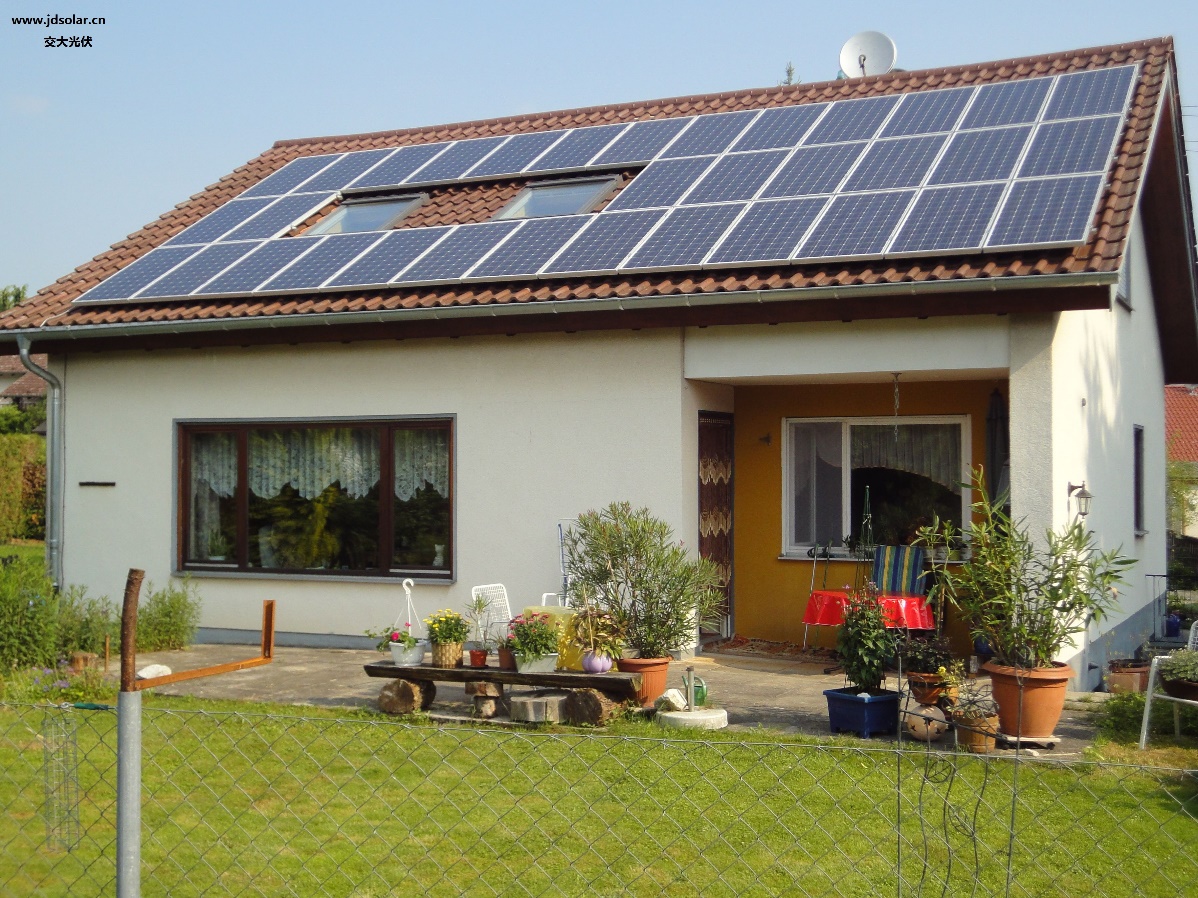
相关图片展示:
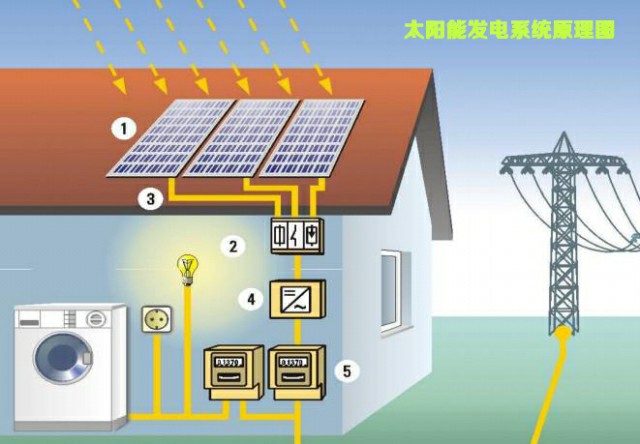
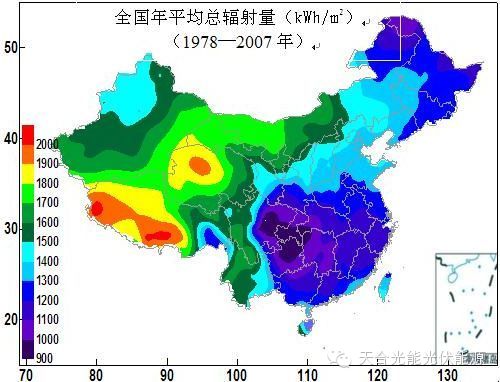
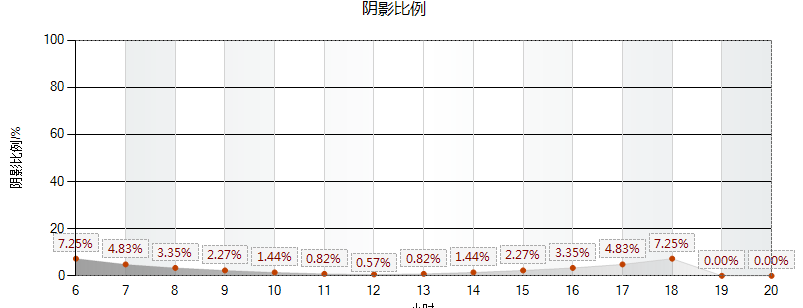
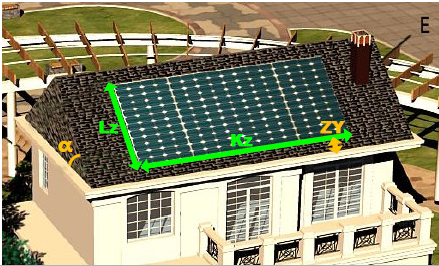
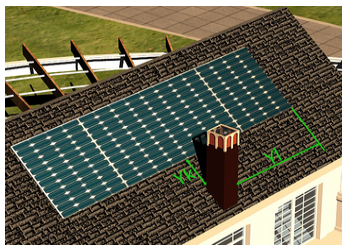
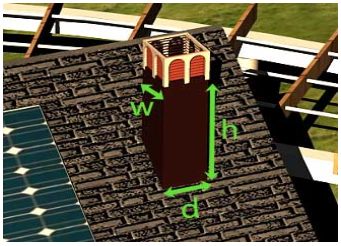
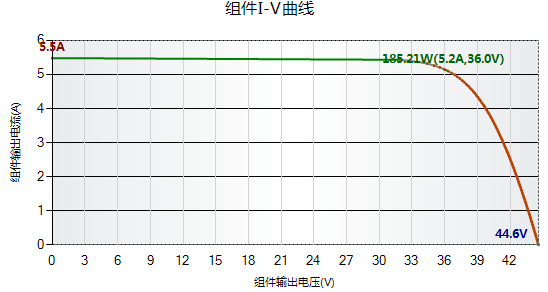
课题毕业论文、开题报告、任务书、外文翻译、程序设计、图纸设计等资料可联系客服协助查找。



